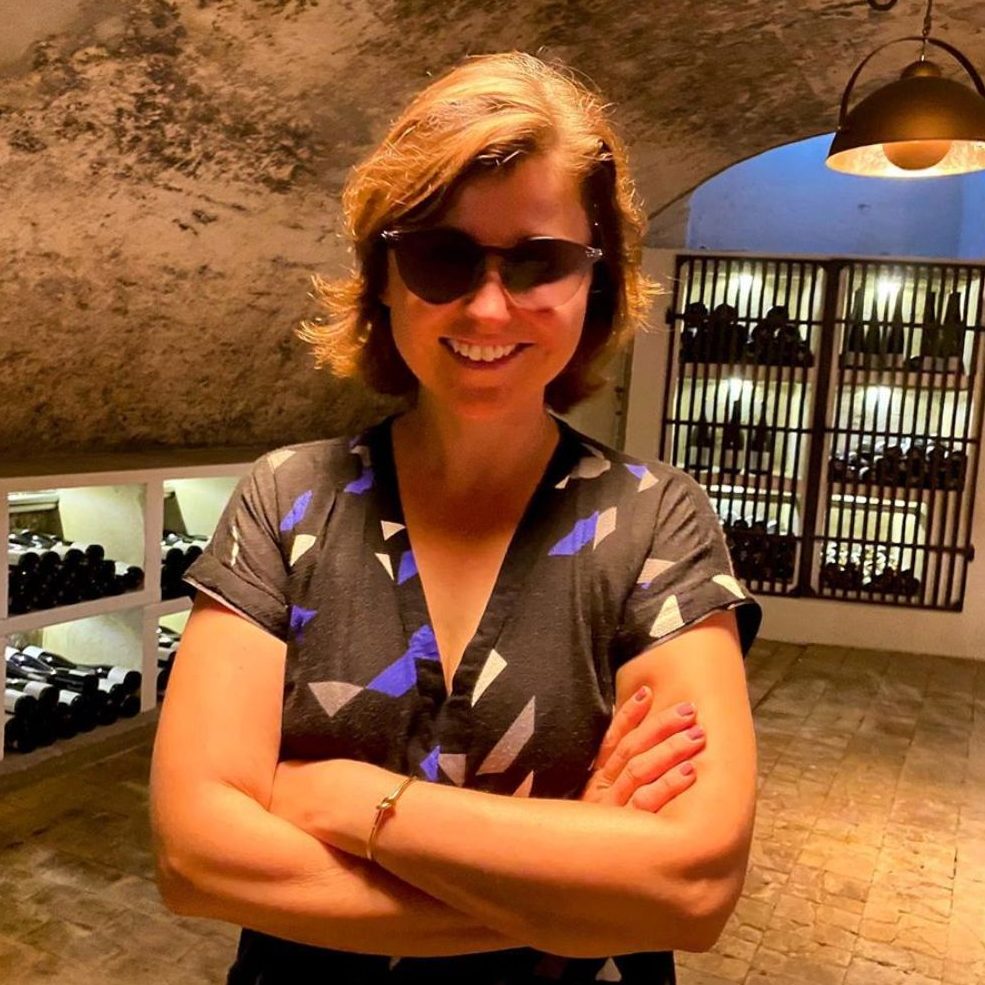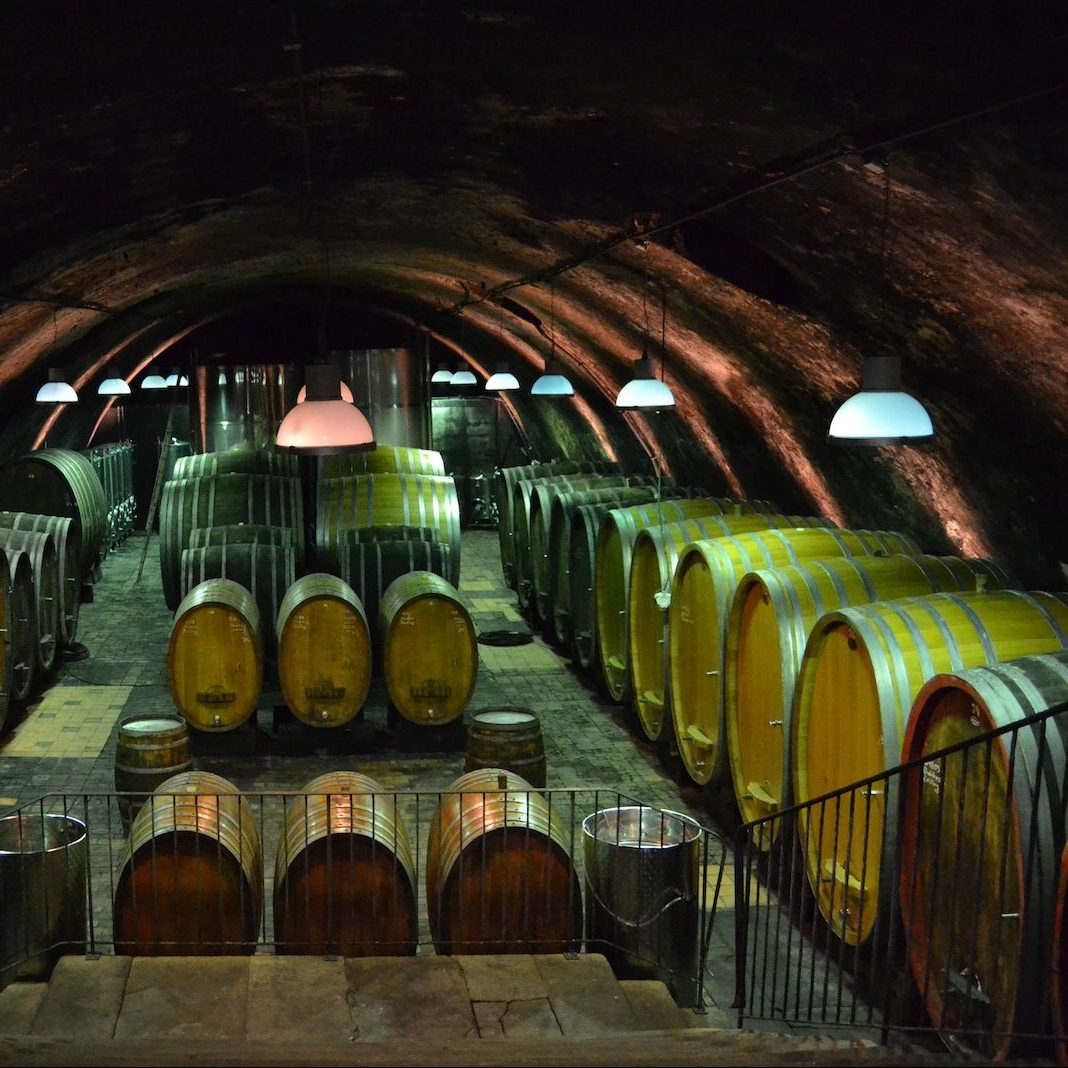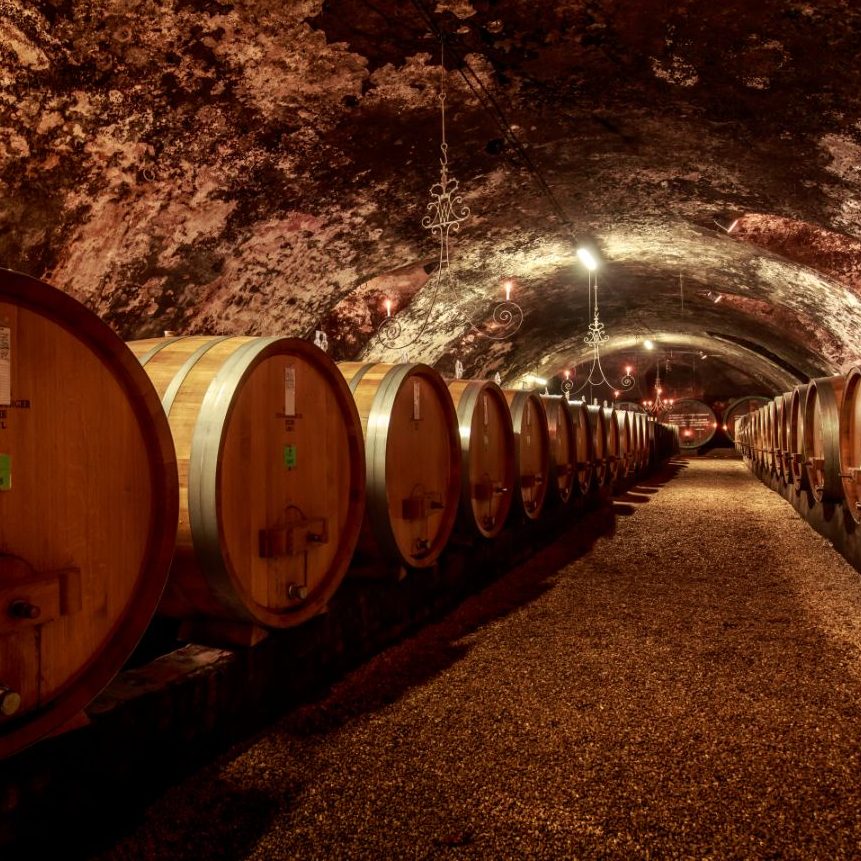Is 2019 Germany’s 100-Point Vintage?
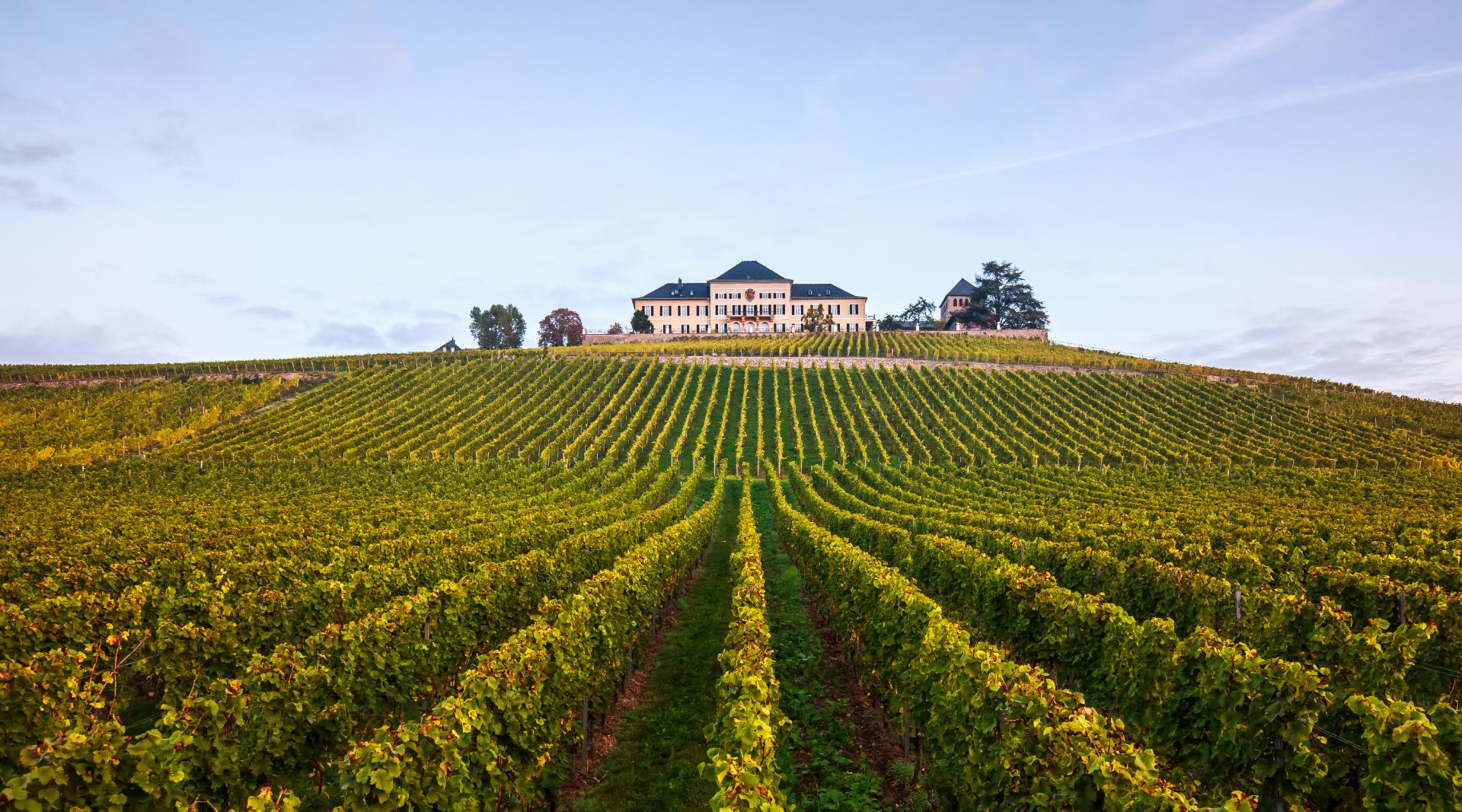
The beautiful estate of Schloss Johannisberg produced two 100-point 2019 wines in this report, one of several wineries to do so.
The 2019 vintage is the best vintage I have ever tasted for German riesling in my four-decade career. Like James, my career as a wine critic began in the early 1980s. The first German vintage I tasted as young wines was 1983 and I can’t remember a vintage like that – until now. The 2019 wines, from dry to classic style with natural grape sweetness are simply astonishing quality, which means 2019 is one of the greatest vintages of modern times and will be remembered for decades, possibility generations.
“2019 is a classic German vintage with an acidity structure like 2001, but combined with much more ripeness,” said Cornelius Donnhoff of the Donnhoff estate in Oberhausen/Nahe estate. He made two of the 100-point wines in this report. Although some of the 100-point wines are BA and TBA dessert wines only produced in very limited quantities, there are thousands of bottles of both those Donnhoff 100-point wines. For us, that is clearly the greater achievement.
They and the many hundreds of wines I rated 90+ are ripe and concentrated, yet have a fabulous balance and freshness. Generally the aromas are delicate and the acidity bright and mineral, yet the wines are also silky in texture. That makes them seriously delicious, although they have great complexity. Those words crop up again and again in the more than 1,000 tasting notes I wrote during the last days of July and the first four weeks of August. It was a breathtaking experience to discover this embarrassment of riches!
- Katharina Wechsler of Weingut Wechsler has cemented her position as one of most important winemakers on the Rhine.
- Achim von Oetinger of the von Oetinger estate is one of the region’s most innovative winemakers.
In spite of its scale this report couldn’t cover everything due to the fact I had to work almost entirely solo (James was in Hong Kong where he tasted the wines from Gut Hermannsberg in Niederhausen/Nahe, because I consult for that producer). It therefore focuses on 2019 riesling and 2018 red wines from the spatburgunder (German for pinot noir) grape. The latter is a category in which leading winemakers made enormous progress in recent years.
The story is yet more extraordinary though, because 2019 in Germany is the beautiful and unexpected child of multiple global crises. The most obvious of them is COVID-19 and it began while most of the wines were still in cask. That’s the reason the statement at the very beginning of this story will be news to almost all readers: journalists, the trade and even top growers were in the dark about the overall quality of the vintage for many months. Back in April during the lockdown German wine journalist Sebastian Bordthauser christened 2019 “#dergeisterjahrgang” or the ghost vintage!
And before the virus was the climate crisis, and it shaped the wines of the 2019 vintage very directly. Everybody interested in wine knows global warming has benefited cooler growing regions. Germany was the coolest major wine-producing nation and is therefore one of the big ‘winners’ of global warming.
Relatively speaking Germany remains cool, meaning that it’s still cooler than Bordeaux, or Rioja, Tuscany or Napa, because they have also warmed. However, in absolute terms the climatic situation in Germany has changed dramatically for the better. The climate stats tell you that the last really bad vintage in Germany (because the growing season was far too cool to properly ripen riesling) was 1984 and since 2014 every vintage was unusually warm.
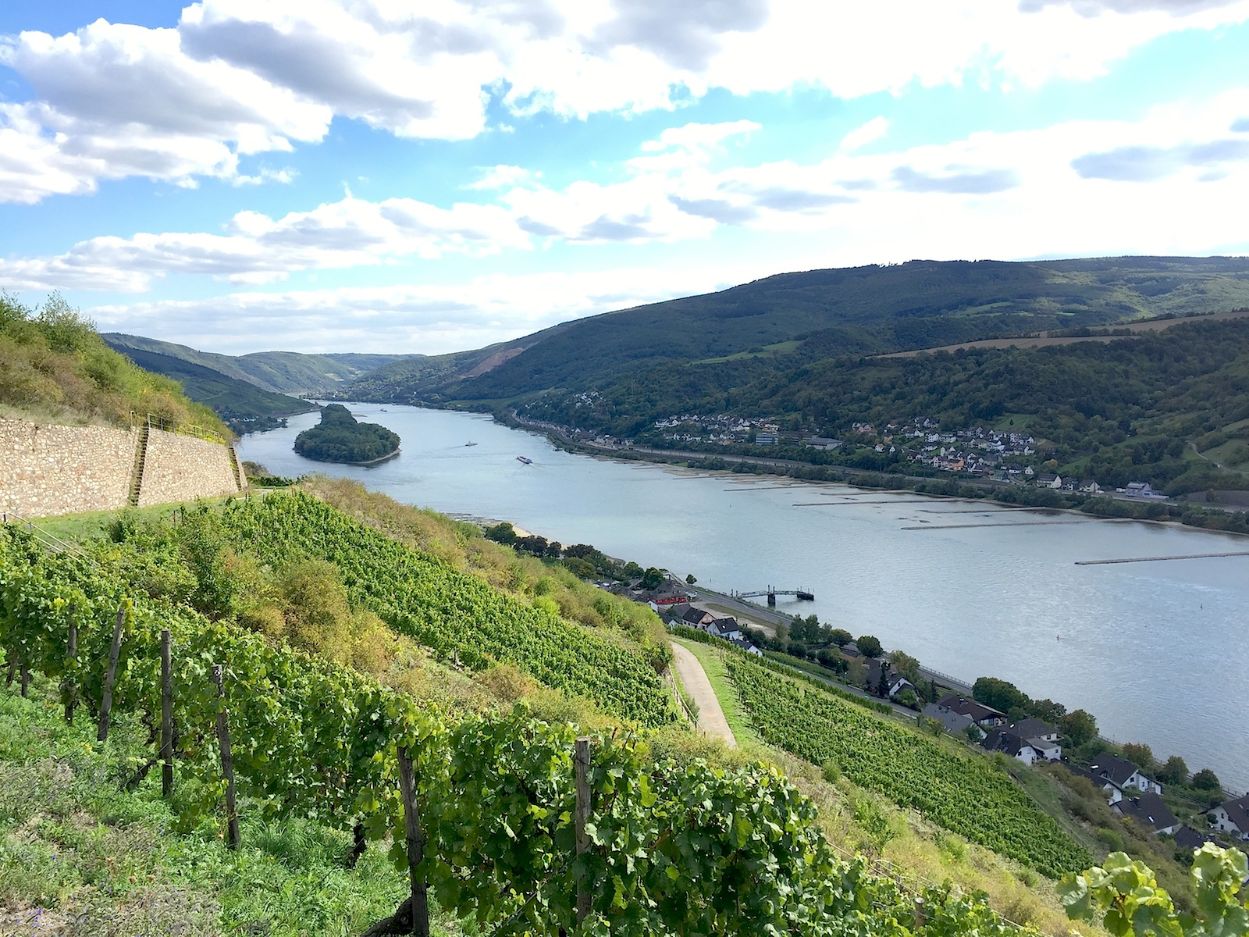
The Krone vineyard of Lorch produces Eva Fricke’s top wines.
That means green flavors in German wines are a thing of the past and high-quality dry wines are now possible in all of Germany’s 13 winegrowing regions nearly every year. So it’s no wonder that today Germany majors in elegant dry whites and reds! Today the greatest danger for the grapes is harvest rain combined with warm temperatures leading to vinegar rot, but this was last a serious problem back in 2014.
Now let’s fit 2019 into this new climatic context. Unlike some regions, for example Mediterranean France, 2019 wasn’t the warmest growing season ever seen, even if many temperature records fell that year. In fact, 2018 was the warmest growing season ever recorded in Germany with average temperatures comparable with Sonoma County/California, and half way between those of the Adelaide Hills and Barossa Valley in South Australia.
In contrast to the wall-to-wall heat and drought of 2018, growing conditions in 2019 yo-yoed back and forth, cool and moist periods alternating with three heat waves (in late June, late July and late August). All the growers I spoke to felt that this alternation had a great deal to do with the exceptional quality of the 2019 vintage. It continued right through the harvest. A rainy period in early October was followed by a long balmy weekend with a warm southerly wind that turbo-charged the ripeness of the clean grapes and also led to some excellent quality botrytis in some areas, most notably in the Middle Mosel, the Nahe and Rheingau.
- In the Wittmann cellar all the dry rieslings are matured in neutral wood.
- Philipp Wittmann selects the grapes from the latest harvest.
Even the top producers did not realize they were drawing a super-long straw at the time. Oliver Haag of the Fritz Haag estate in Brauneberg/Mosel, who made two 100-point nobly sweet rieslings from botrytized grapes and the best dry wines of his career in 2019 told me, “I didn’t see it coming until just before the harvest began!”
This might read like a glowing report on a perfect new style of growing season, however that’s definitely not the case. During the first heat wave of 2019 in late June, when temperatures peaked at 40°C or slightly higher, many riesling grapes suffered “sunburn”. This sudden shriveling of the grapes results when their water evaporates faster than the vine can pump it into them, thus destroying them.
“The Mosel was particularly badly hit, but nobody can say why,” observed Karl Josef Loewen of the Carl Loewen estate in Leiwen/Mosel. “Depending on the location the loss was 10% to 30% of the crop, and in a few plots of vines it was 100%.”
Here is the climate crisis in the fullest sense of those words. The bitter-sweet aftertaste of that forced yield reduction is the exceptional concentration in wines like Loewen’s rich, but dry 2019 Riesling 1896 (the year the vines were planted), that I rated 100. Outside the Mosel sunburn losses were smaller, but nowhere were yields generous in 2019.
Back in the 1980s sweet riesling was clearly Germany’s brightest style. Today it is no more than a niche, but these wines shouldn’t be forgotten, and that is demonstrated by the case of the legendary Schloss Johannisberg estate in Joahnnisberg/Rheingau. There, director Stefan Doktor landed a coup making the best dry wines ever and the best sweet wines since 1971.
- Stuart Pigott tastes with Ernst Loosen of Weingut Dr. Loosen, which now has 11 dry single-vineyard GGs in the range.
- The historical cellar at Schloss Johannisberg, which made one of the best dry wines ever and its best sweet wines since 1971.
His breathtaking 2019 Grünlack Spätlese is one of two wines from this medium-sweet category in this report to rate 100. “I don’t think we could have made that wine the way it is, so uncompromisingly, if it hadn’t been for the Corona crisis.” This uncompromising approach clearly suits the ex-member of the Slovakian cycling team.
You could argue that the changes in the off-dry riesling Kabinett category are even more revolutionary. A small group of producers spearheaded by Julian Haart of Piesport/Mosel have transformed these wines from the ethereal featherweights of a generation ago into intense and complex wines in spite of their low alcohol. Given the buzz around these wines the category looks set for market growth during the next years.
“In 2019 I decided to abandon producing dry style village wines in order to get the maximum possible quality Kabinett,” Haart said. “Kabinett is now the most important category for me!” Haart’s 2019 Riesling Ohligsberg Kabinett Alte Reben (White Label) rated 98, the equal-highest rating for this style.
The best thing of all about 2019 in Germany is how many wine producers have made their best ever wines. This applies particularly to new producers or those who have only existed in the present form for a relatively short time. They range from Eva Fricke in Eltville/Rheingau (first official vintage 2006) to Keller in Florsheim-Dalsheim. They both earned more than one 100-point score.
After decades of wine collecting I’ve got a full cellar, but I’m quickly making room for the 2019 German whites and 2018 German reds, because they are so exceptional. It reminds me of the best vintages I ever encountered as young wines: 1983, 1990, 2001 and 2007, but I think it tops all of them. We’ll only really know when we taste 2019 with at least five years of bottle age, but I suspect that at that point they will just be beginning very long lives. With this combination of balance and concentration they ought to age superbly. The only problem? They taste so drop dead beautiful already it’s hard to resist pulling those corks and twisting off those screw caps right now. That’s a buy recommendation!
– Stuart Pigott, contributing editor
